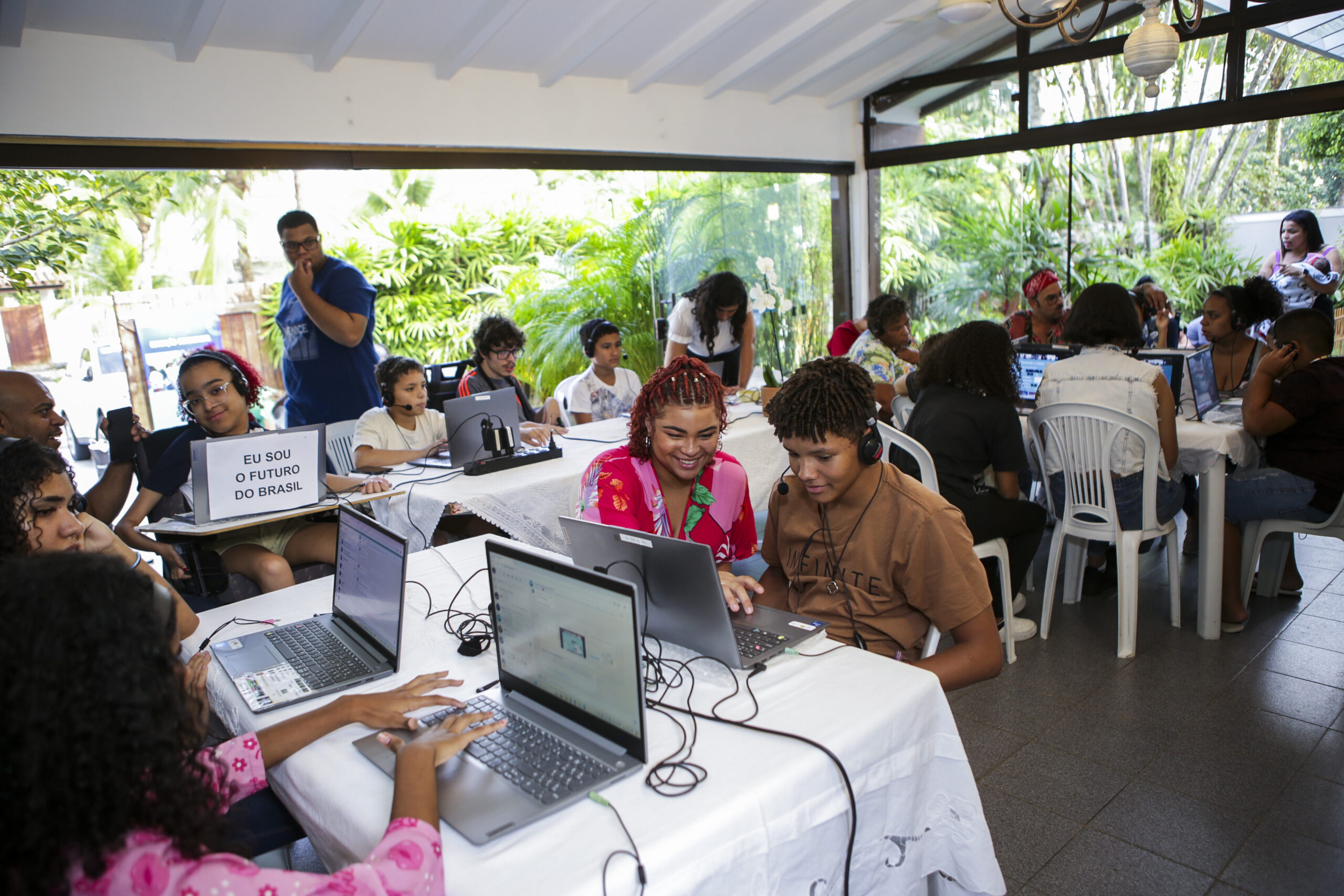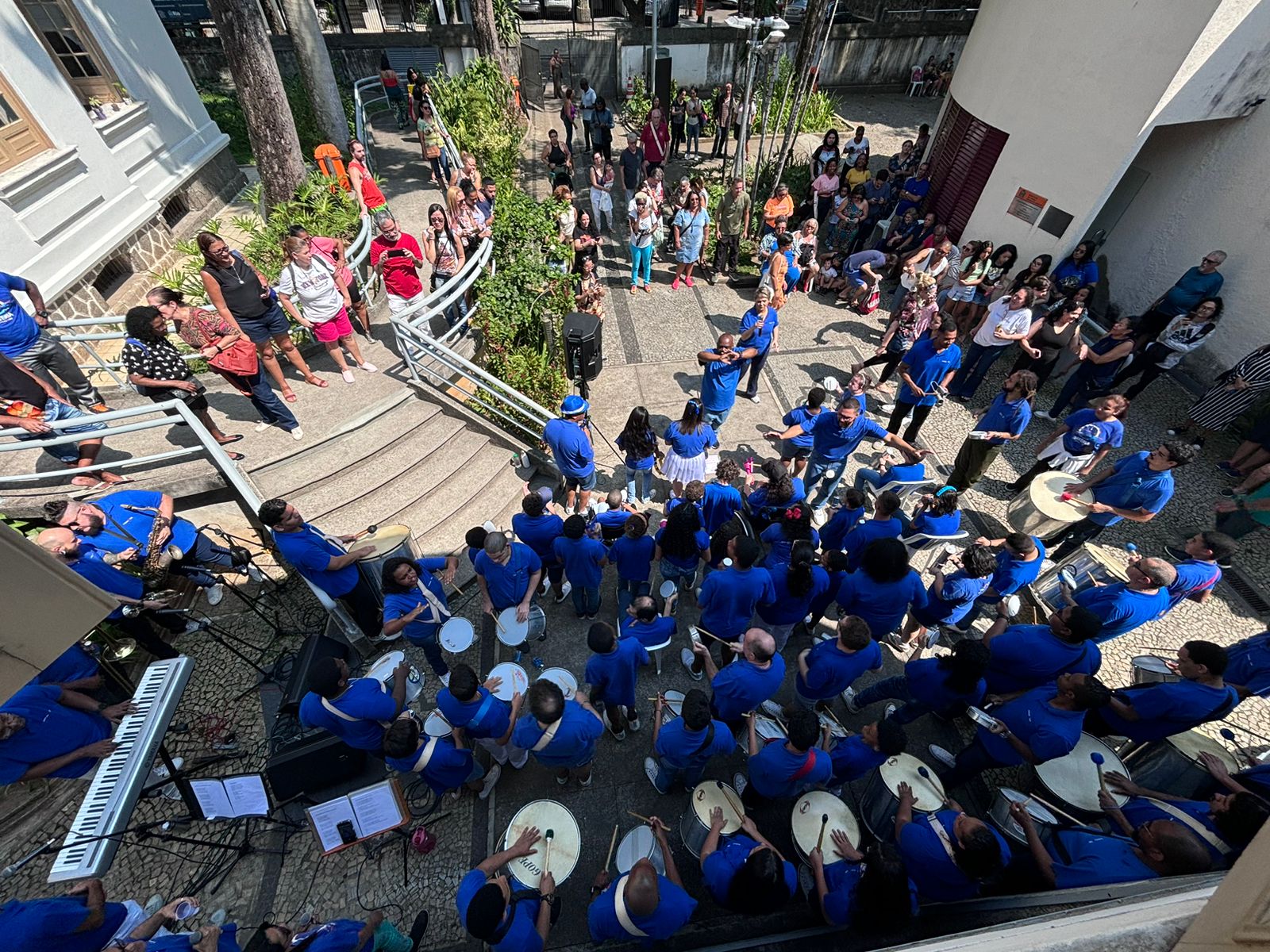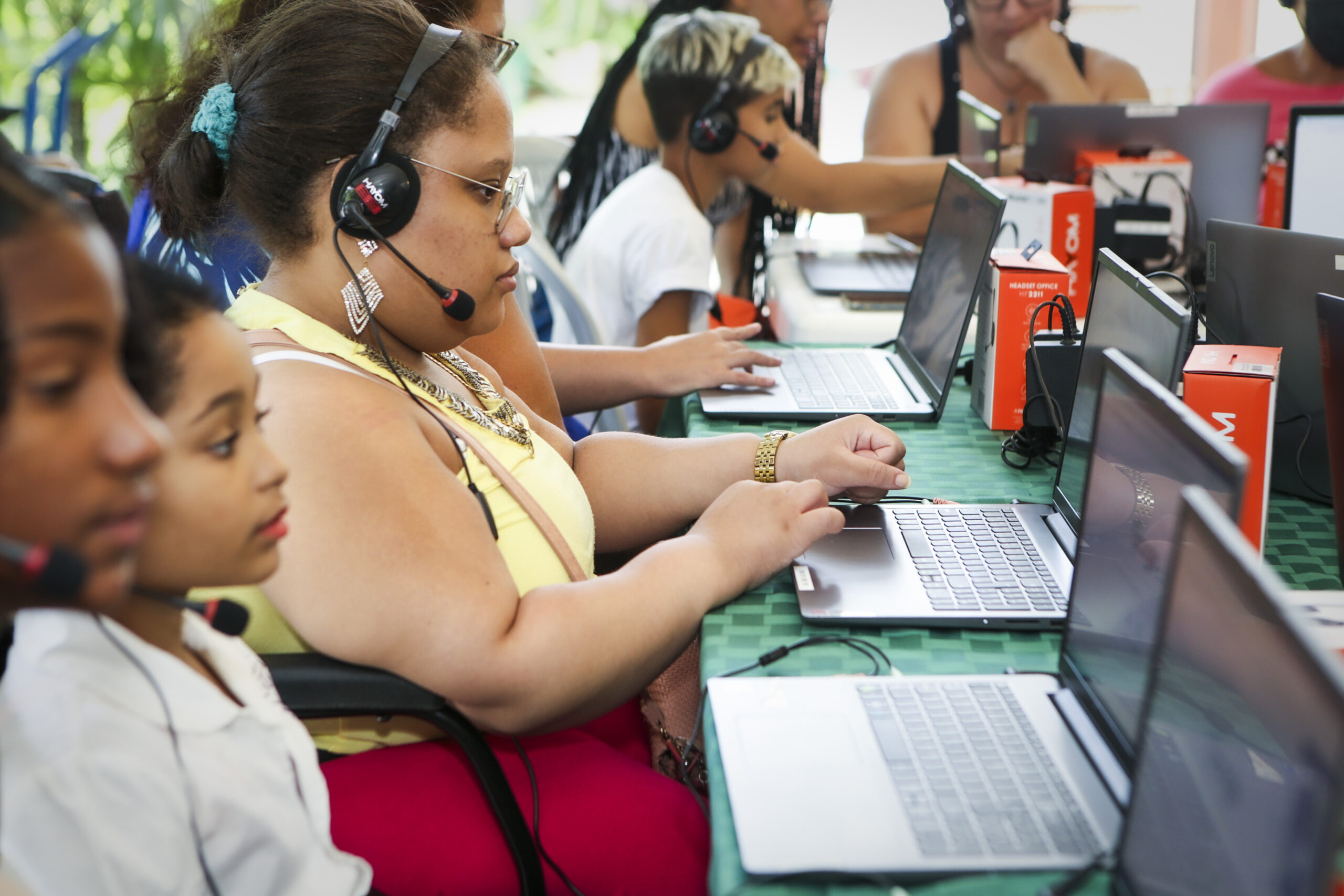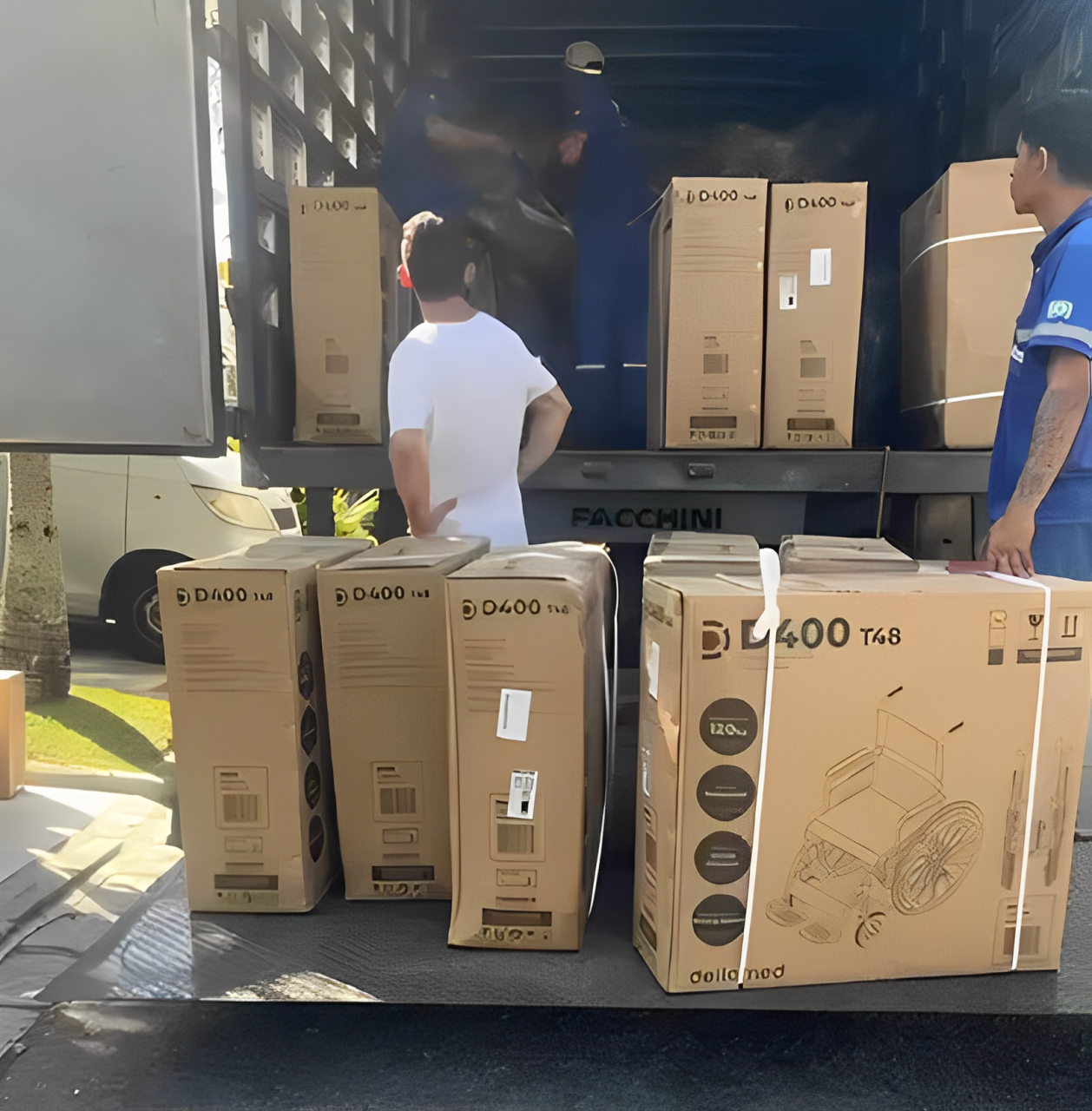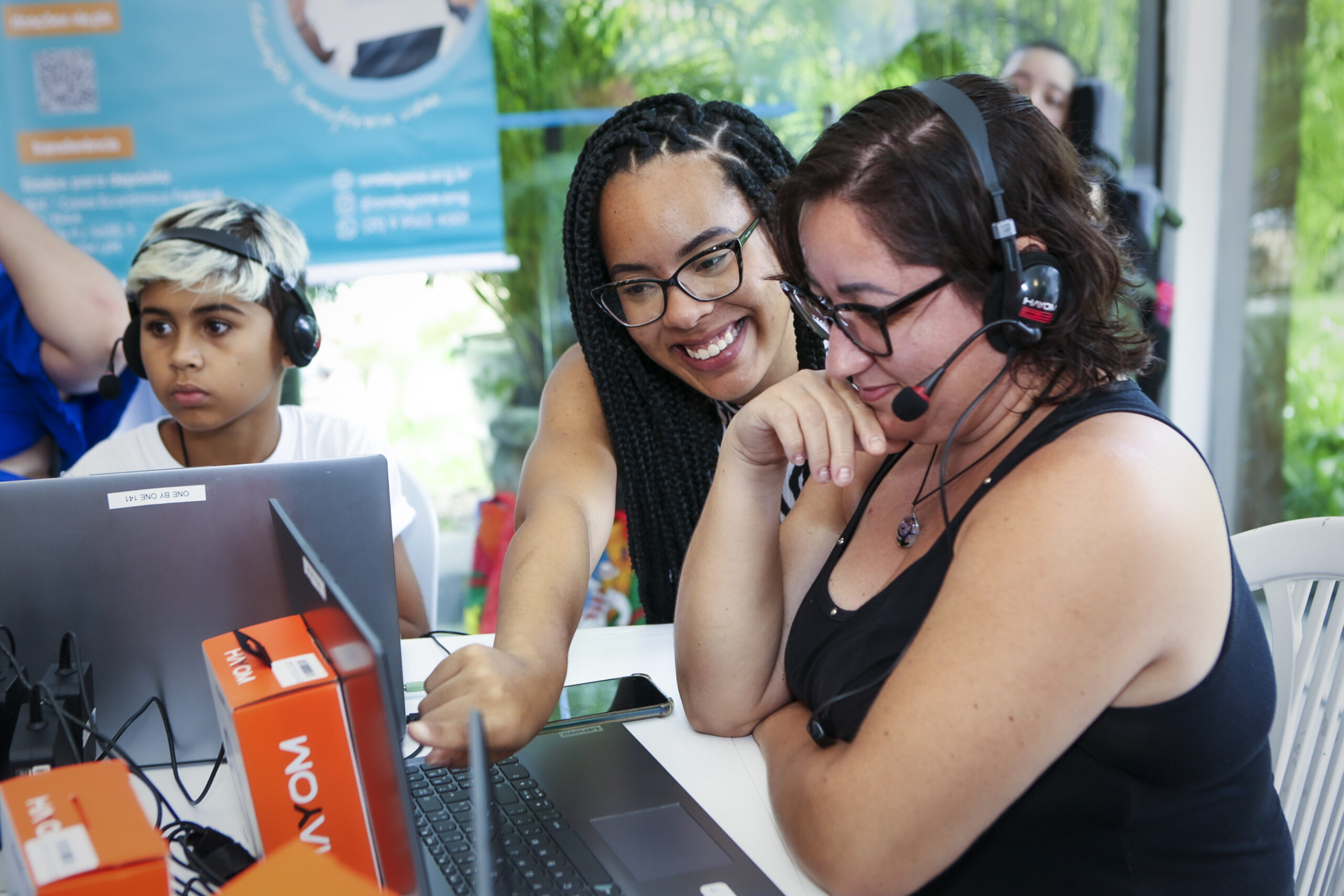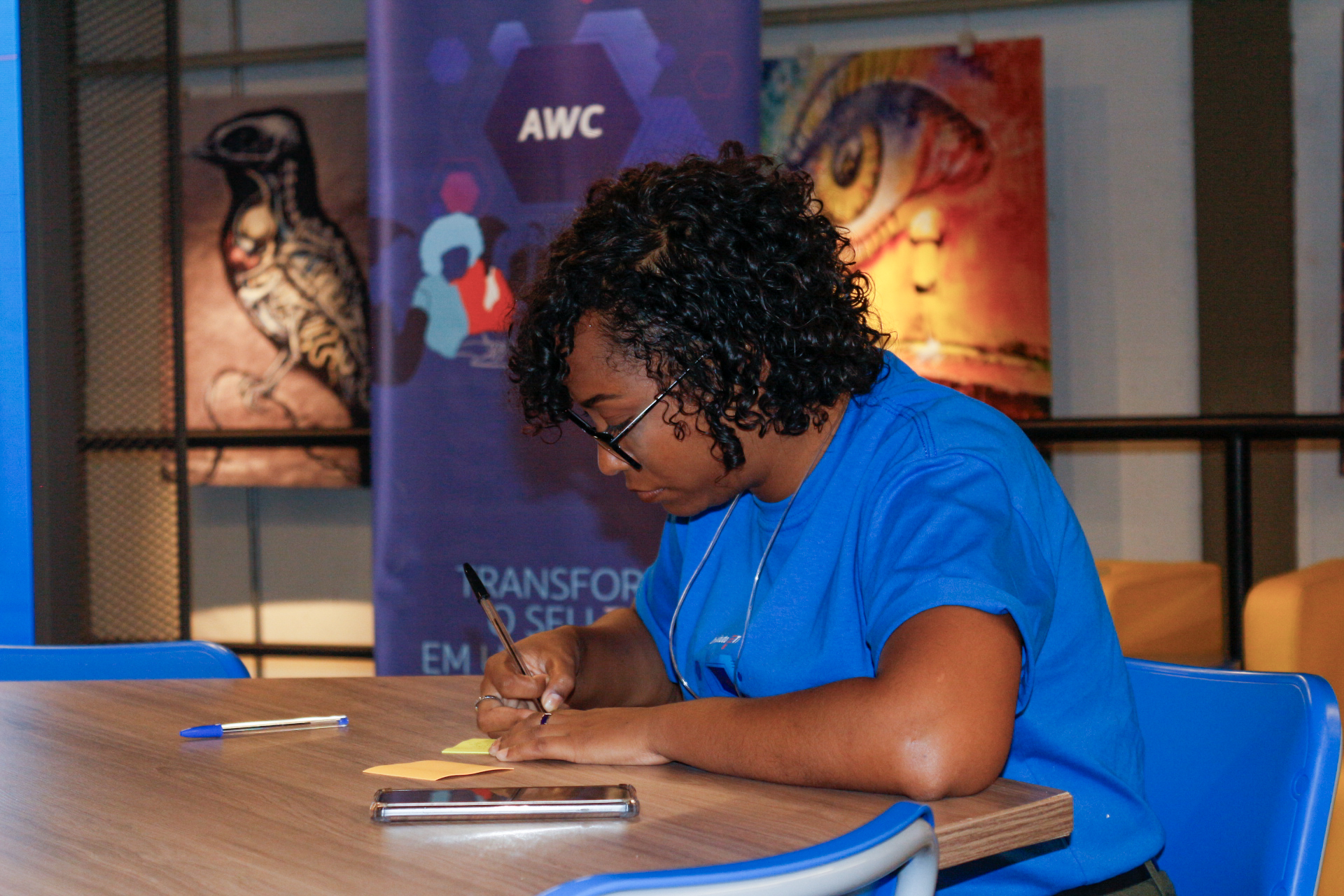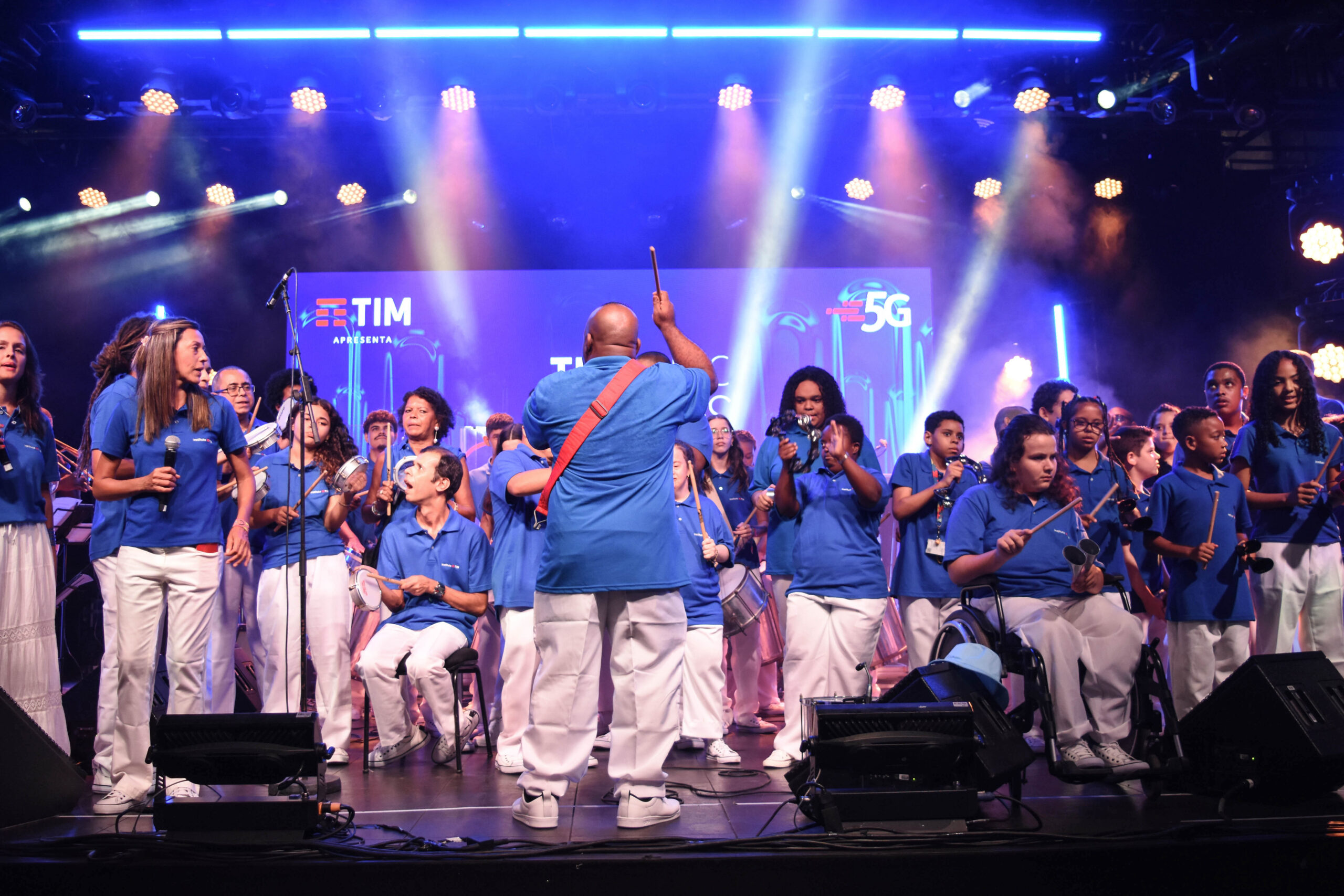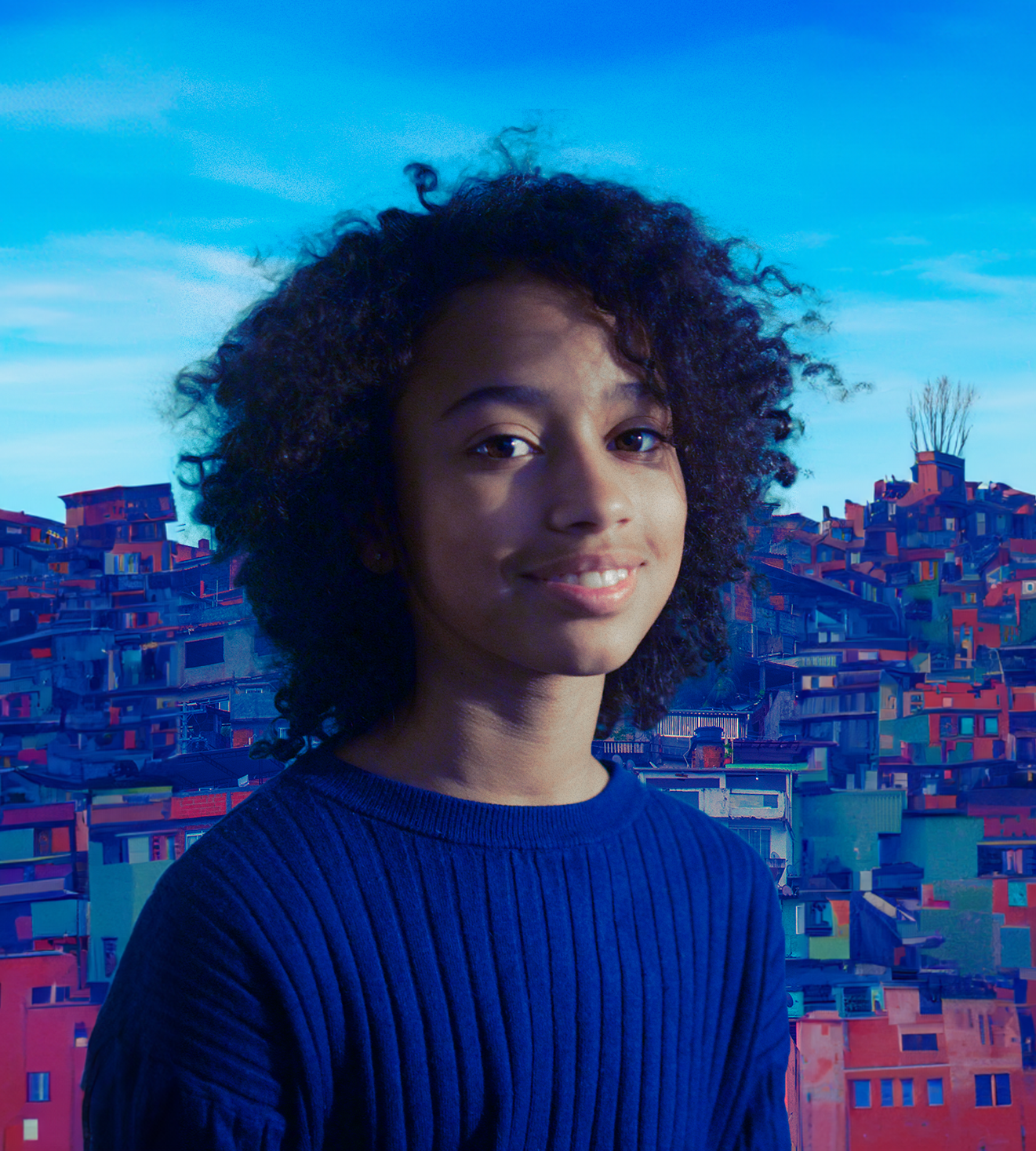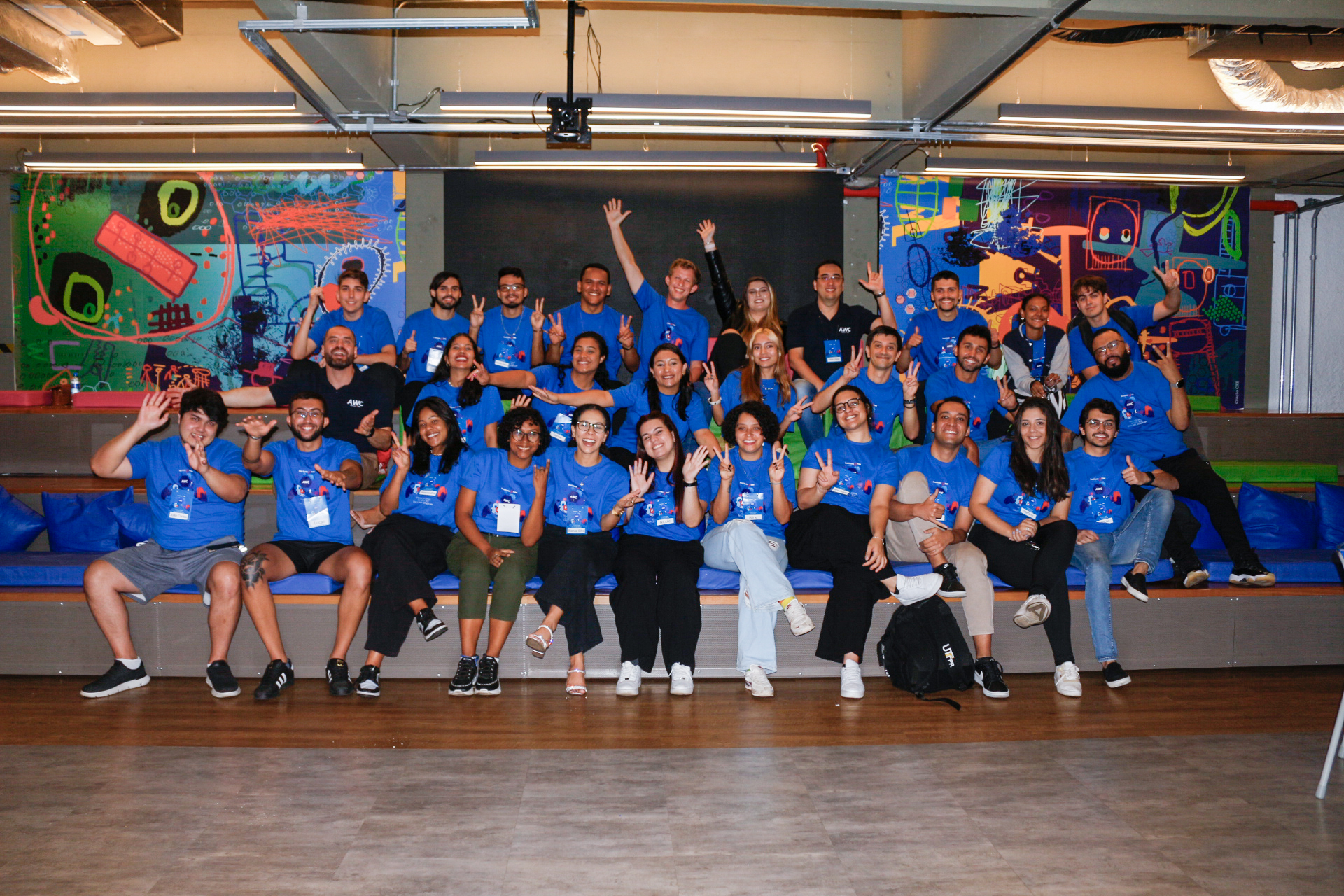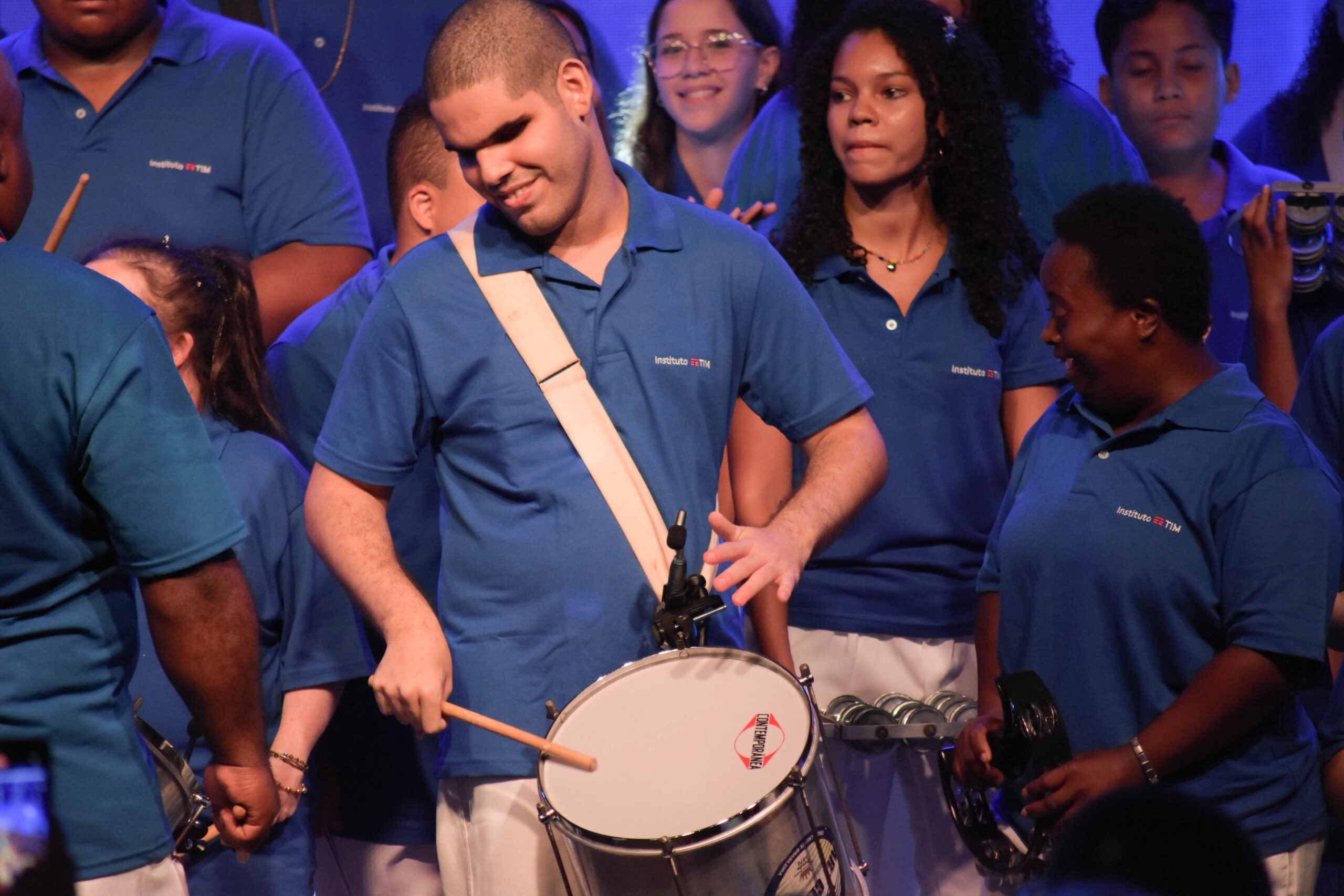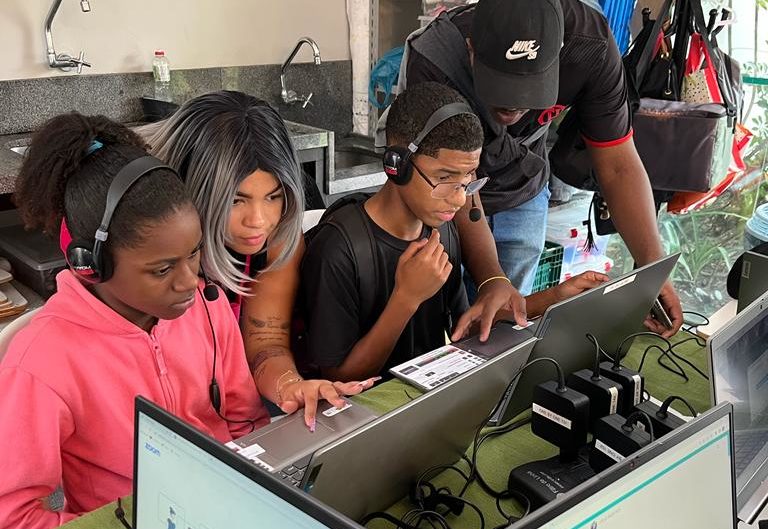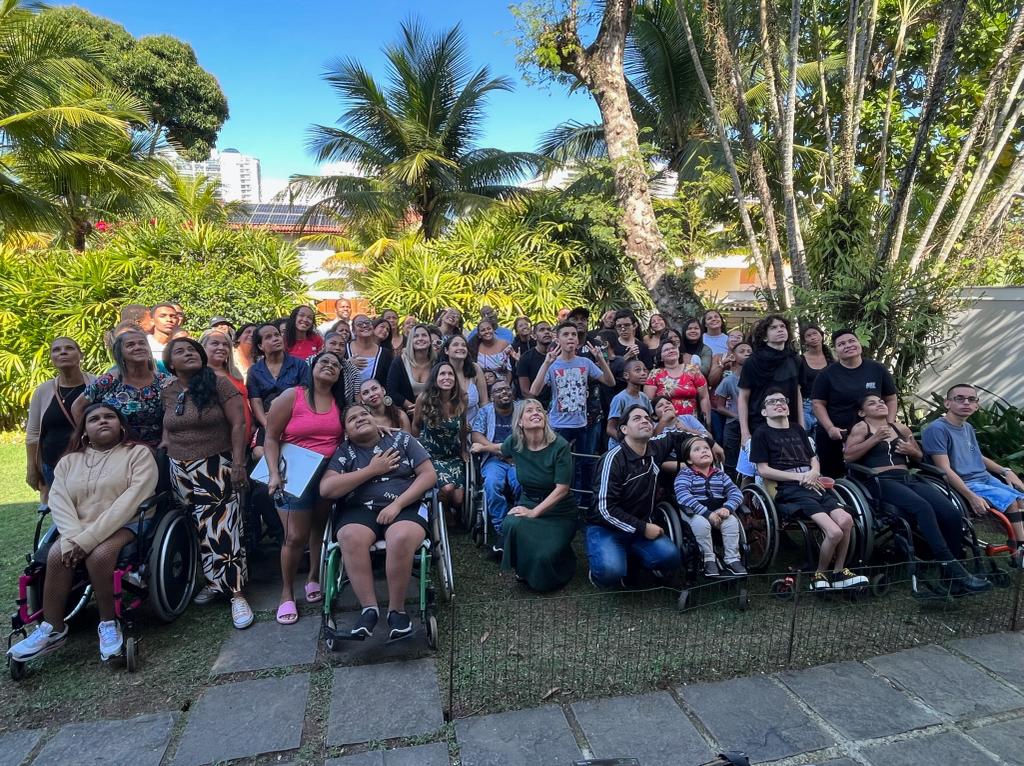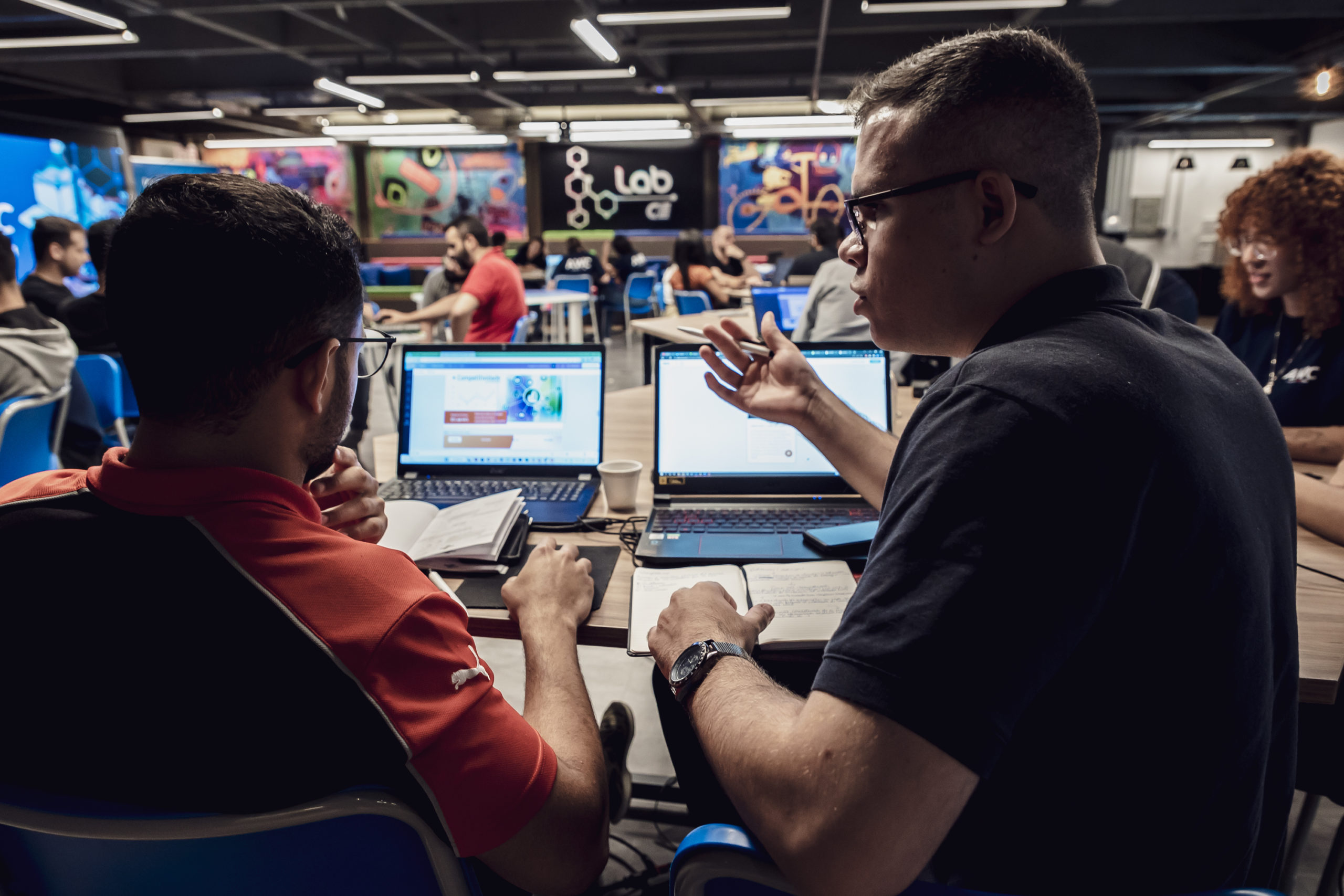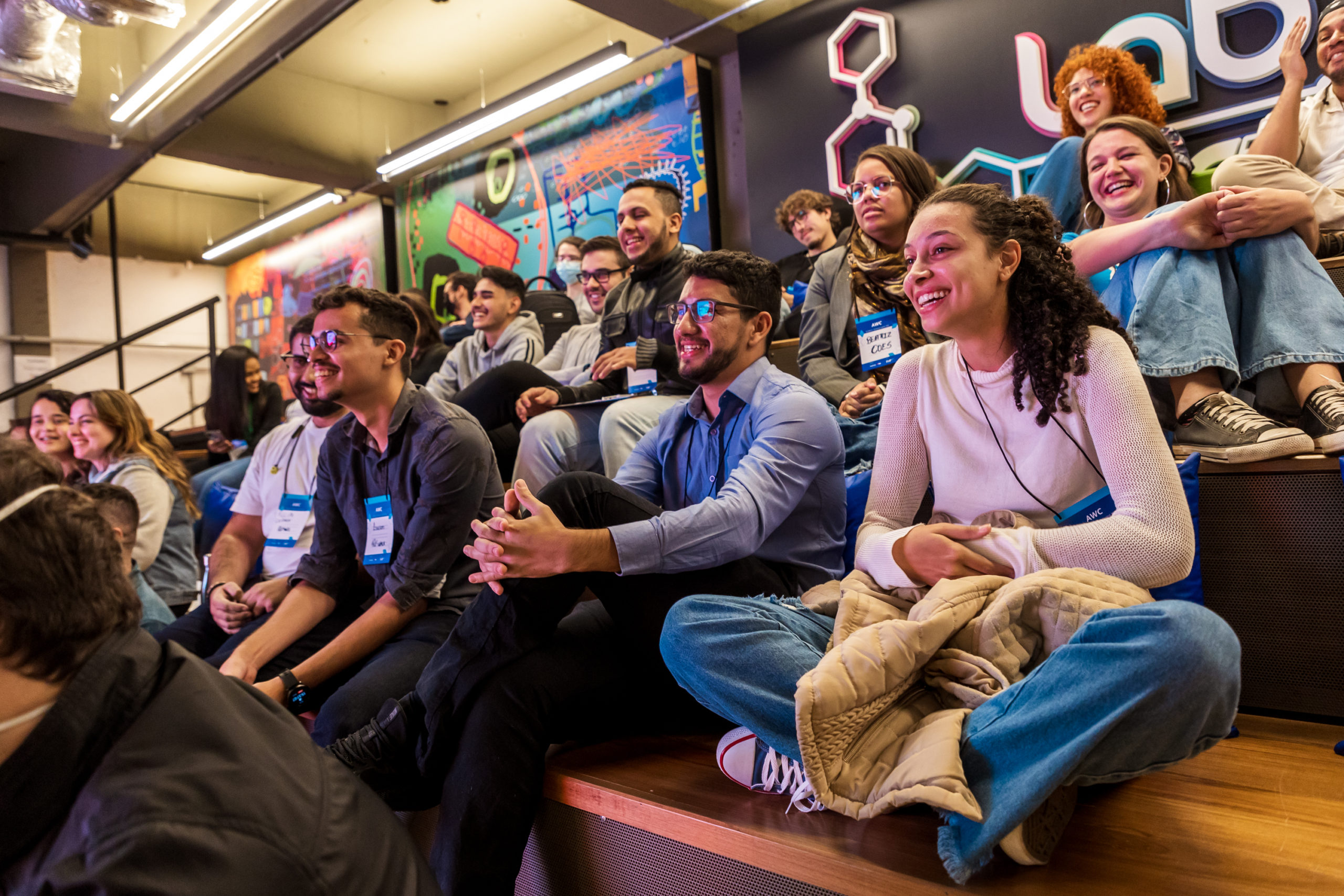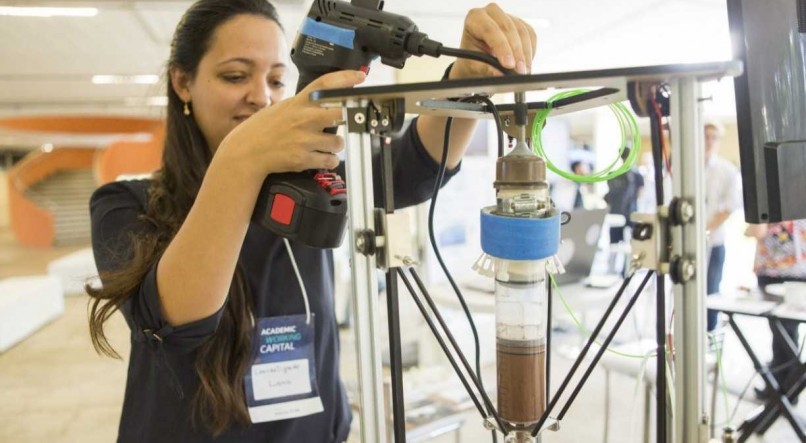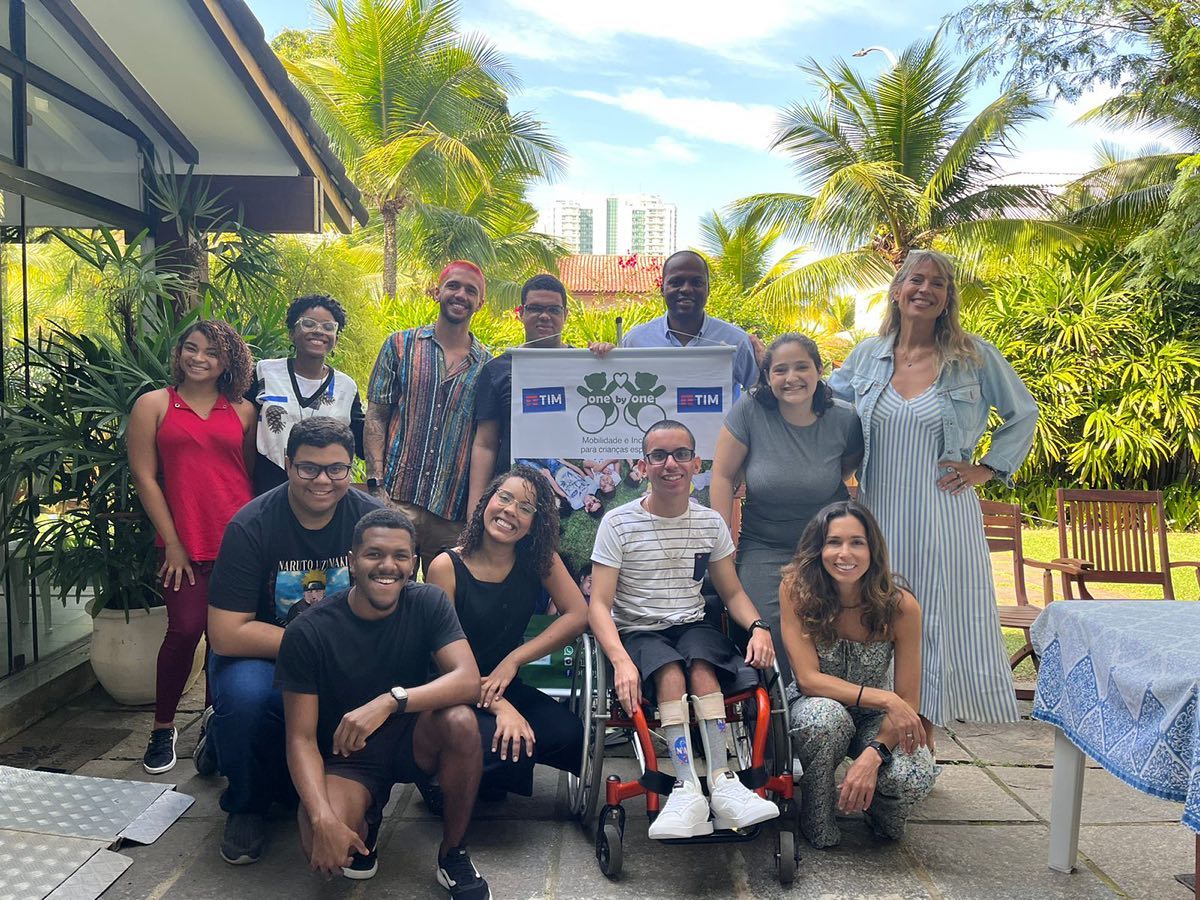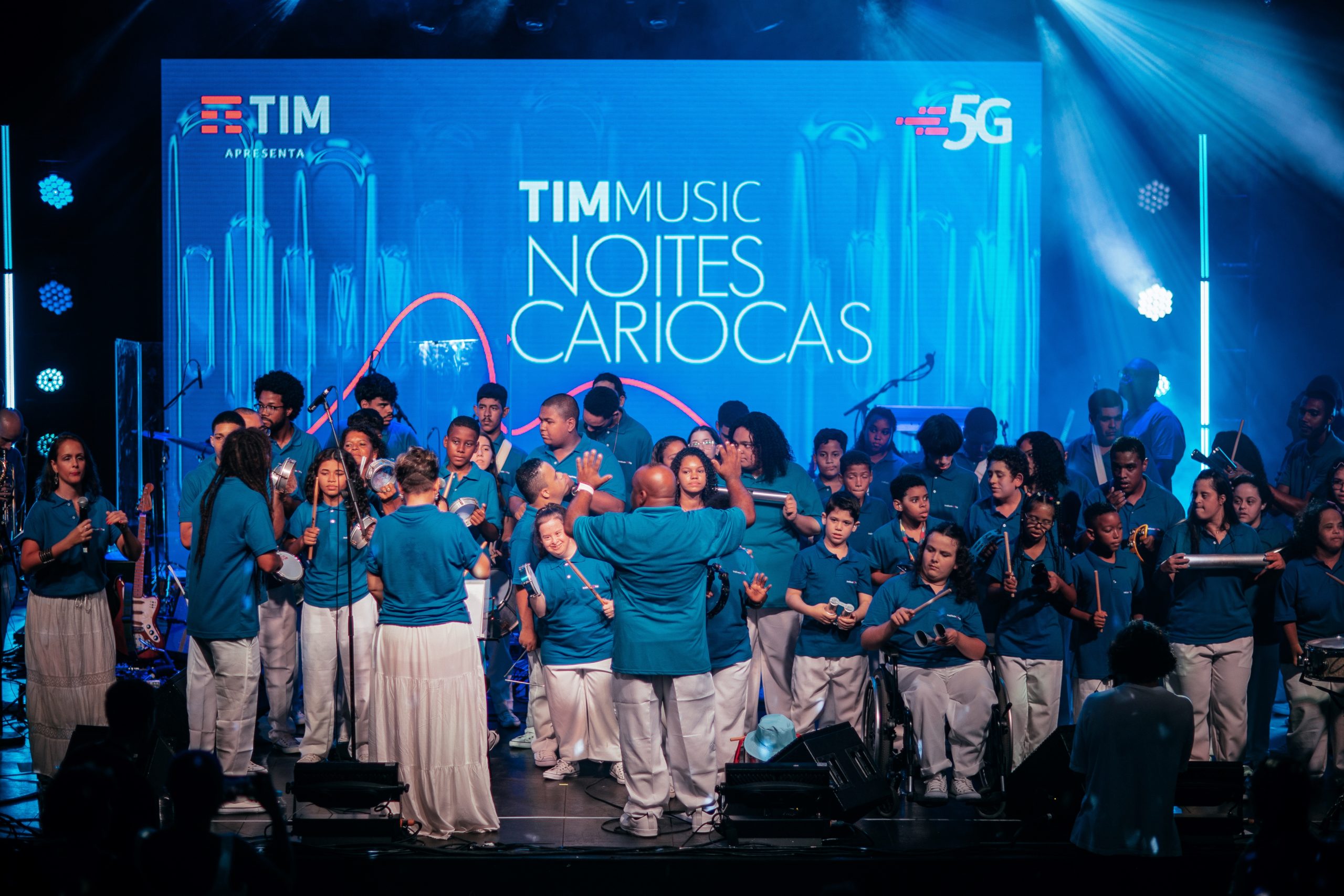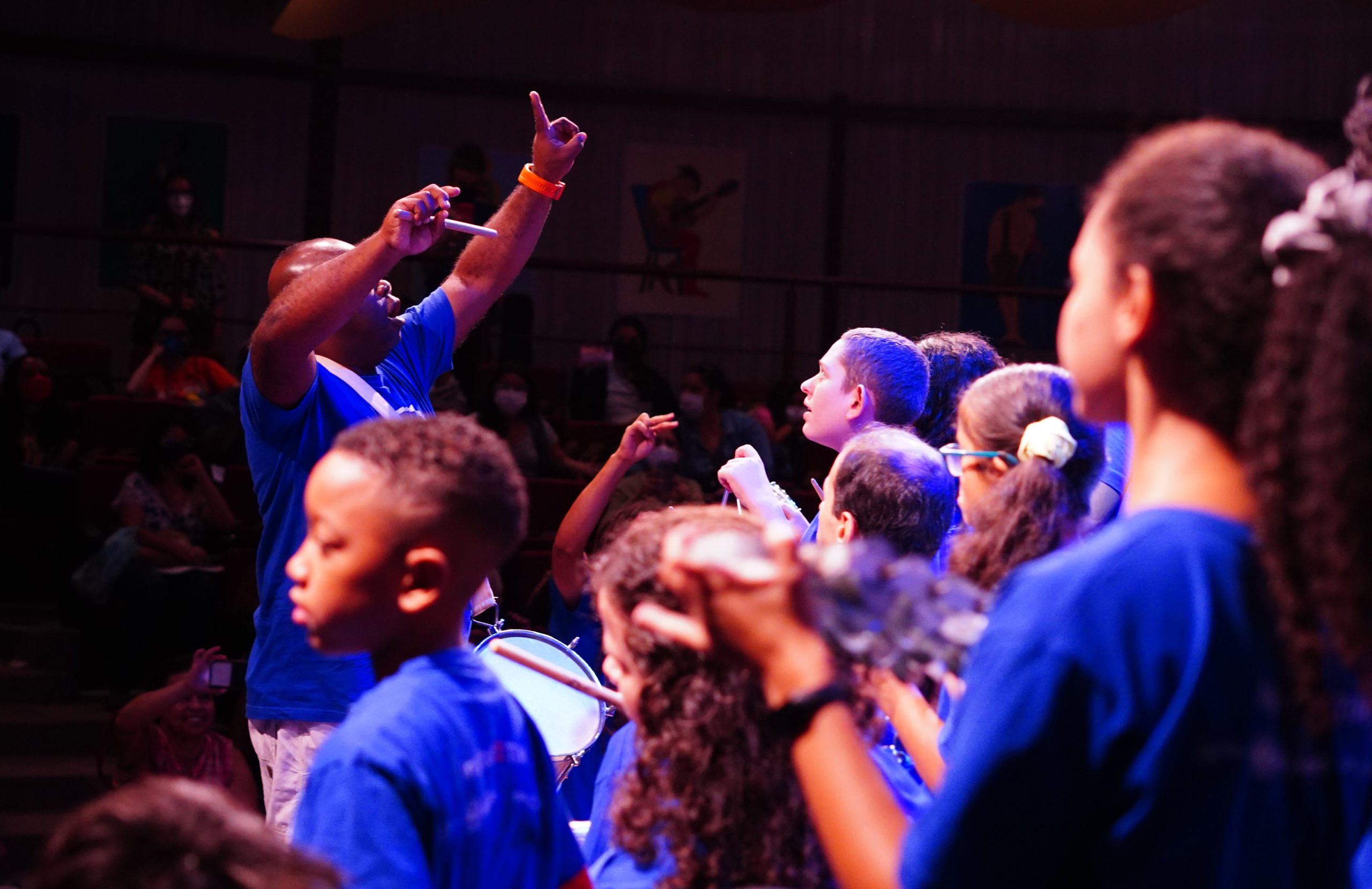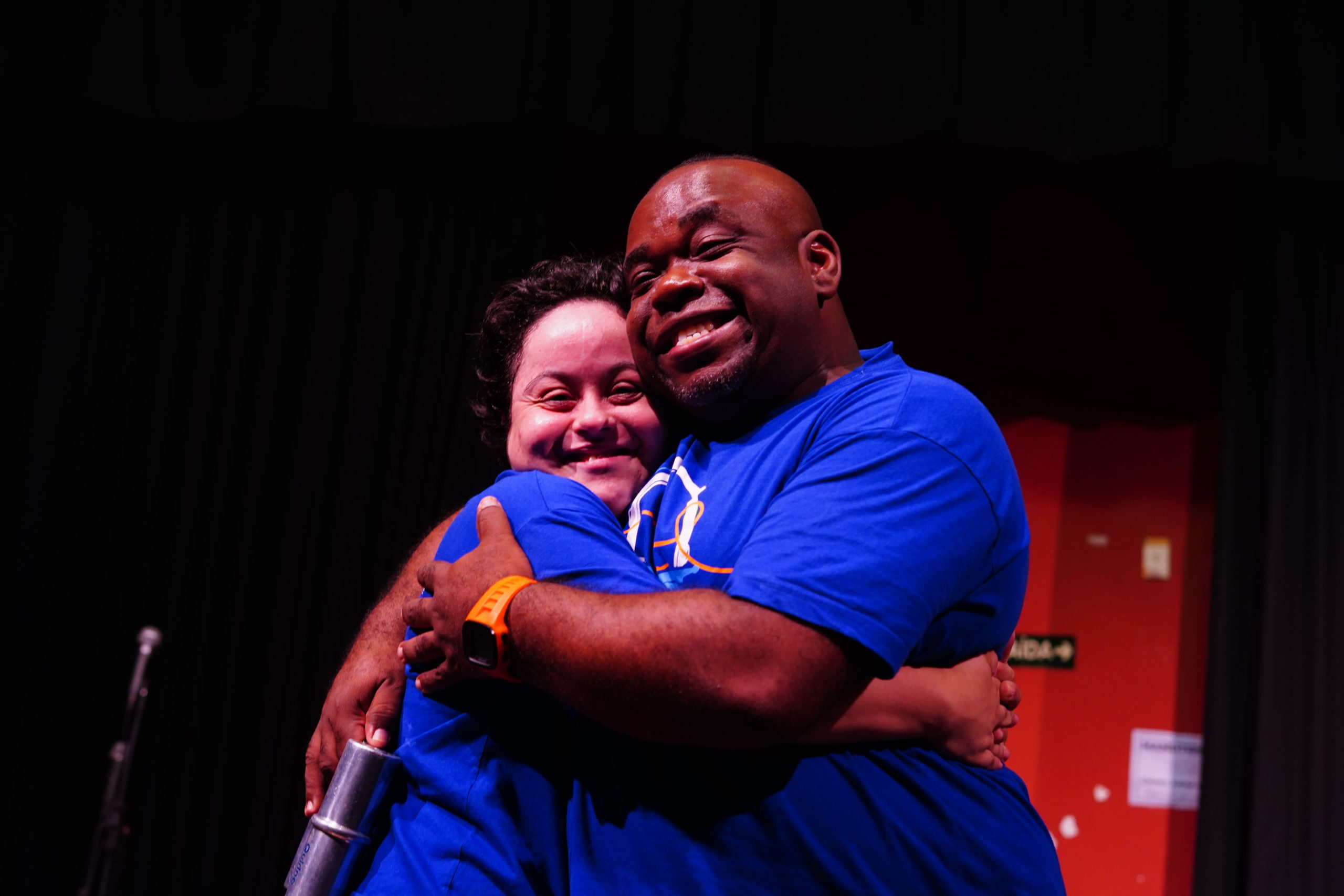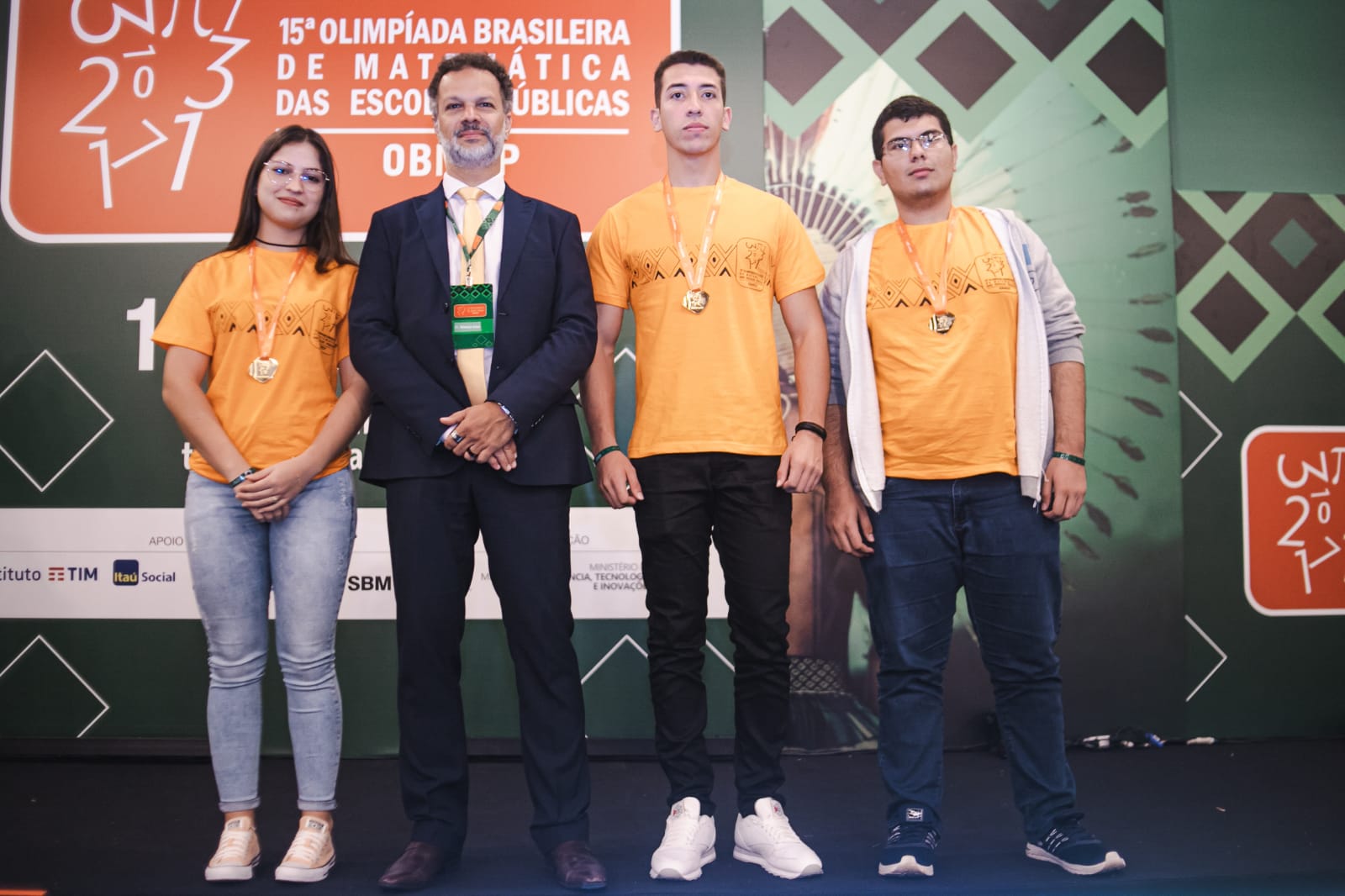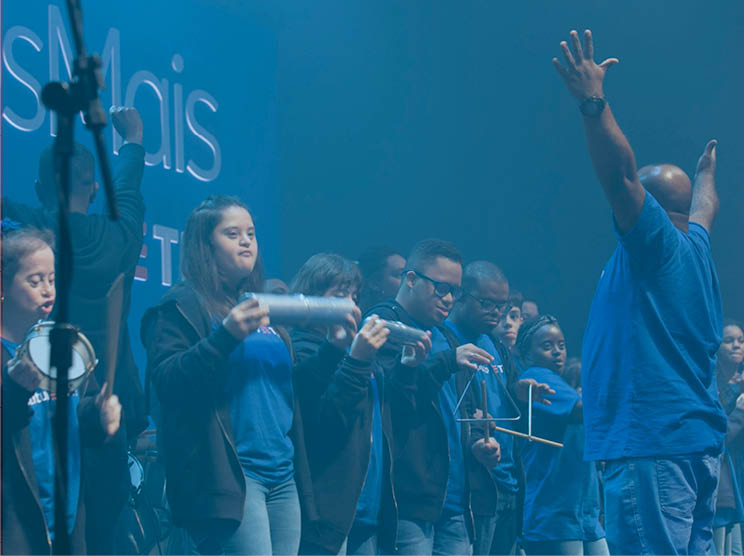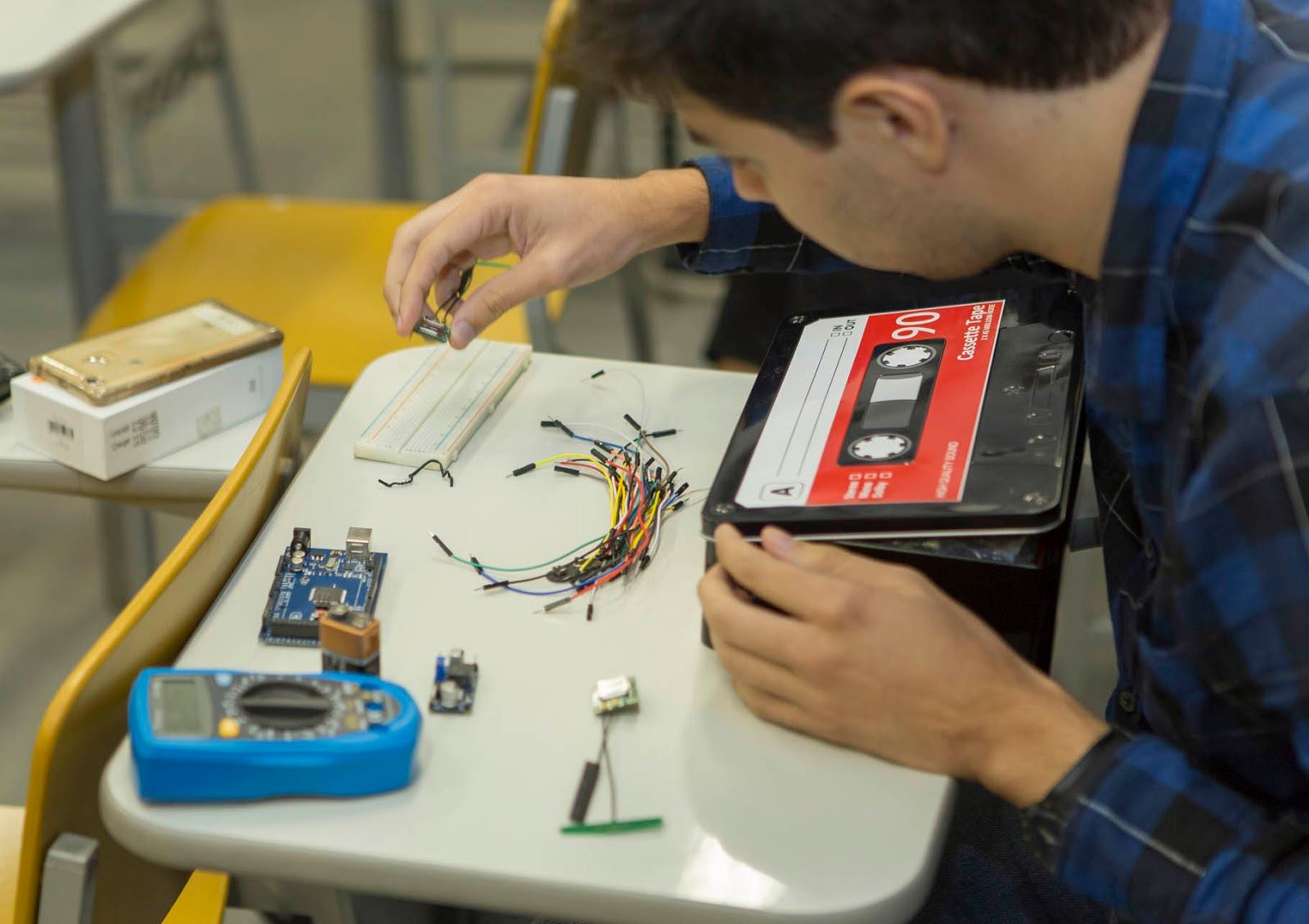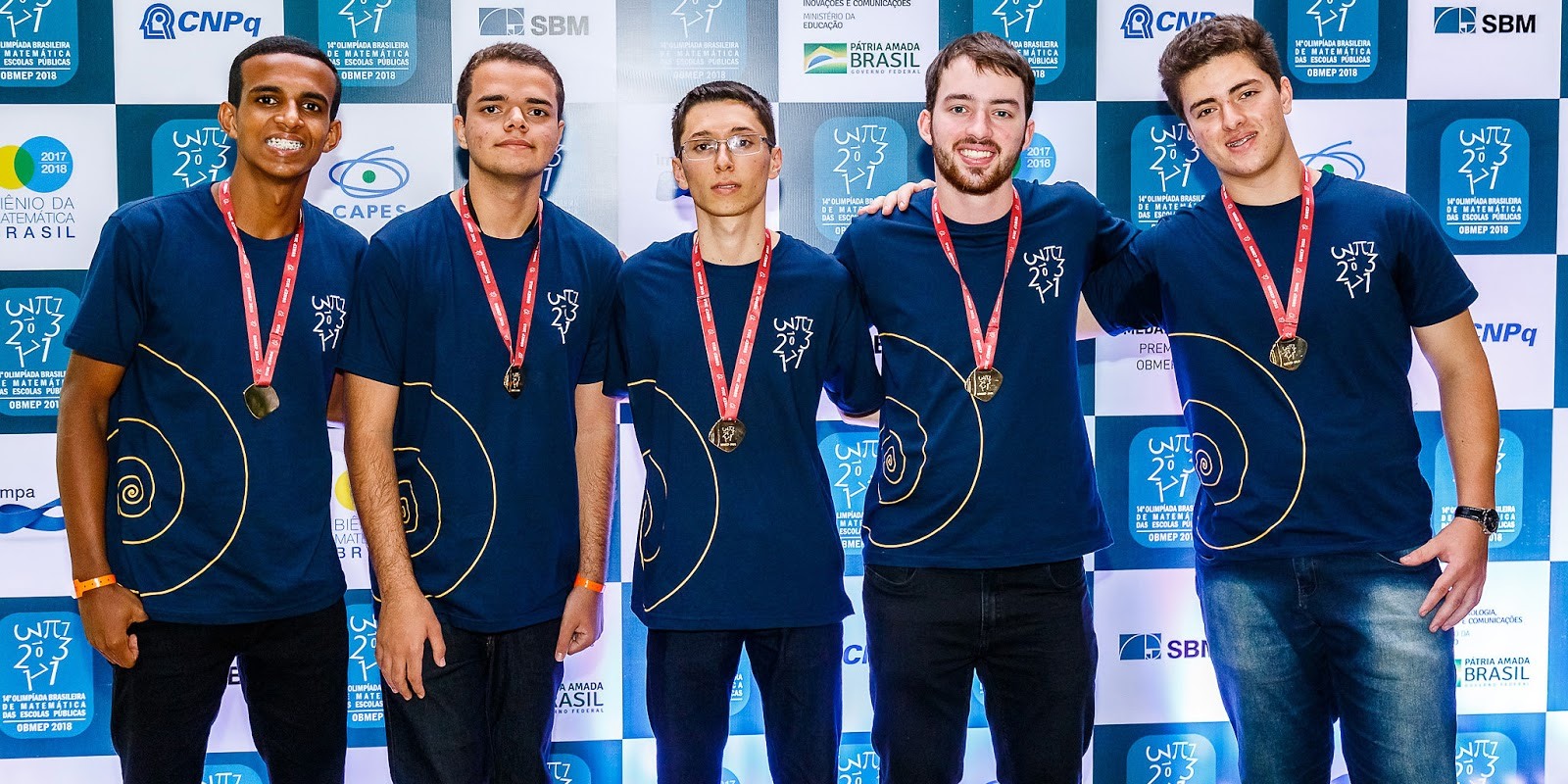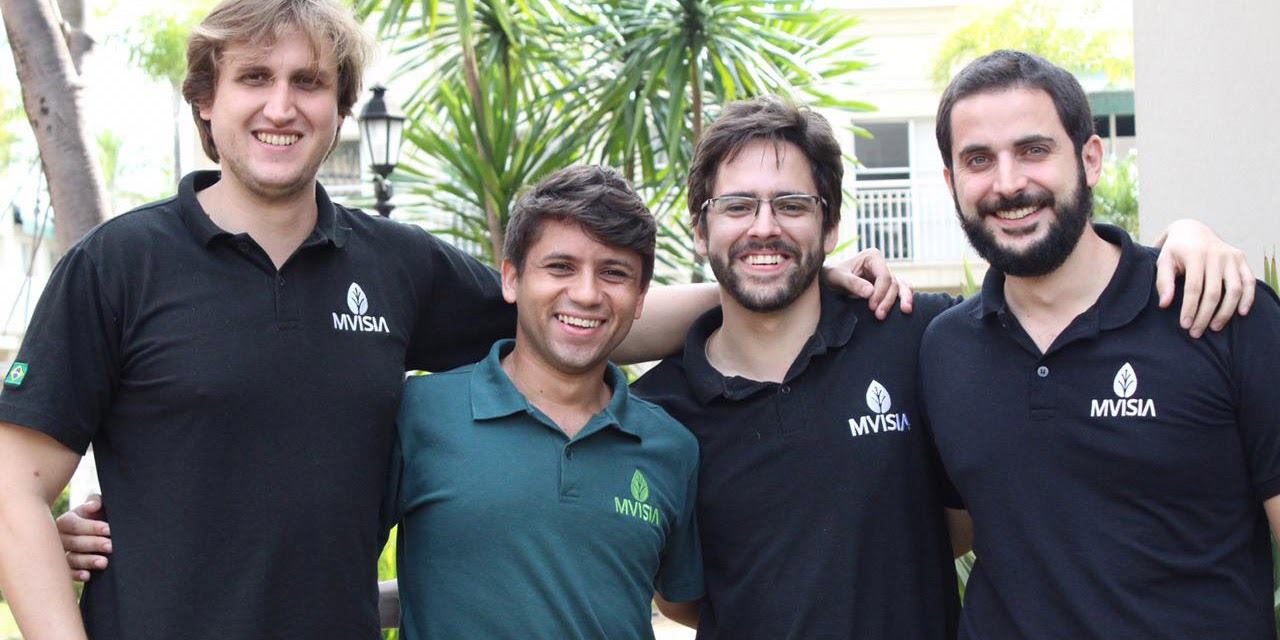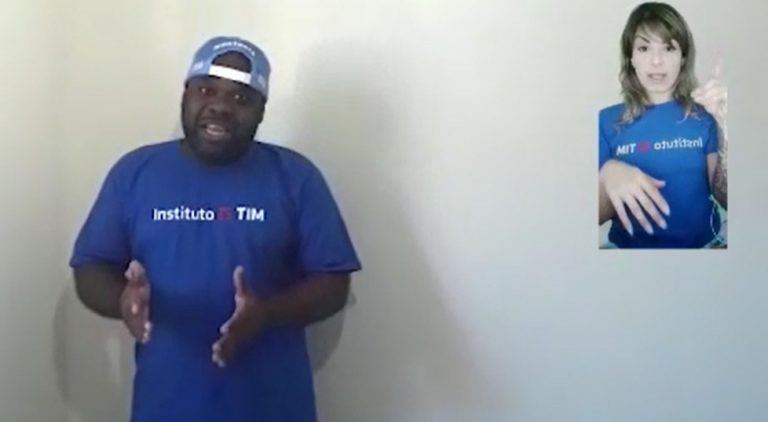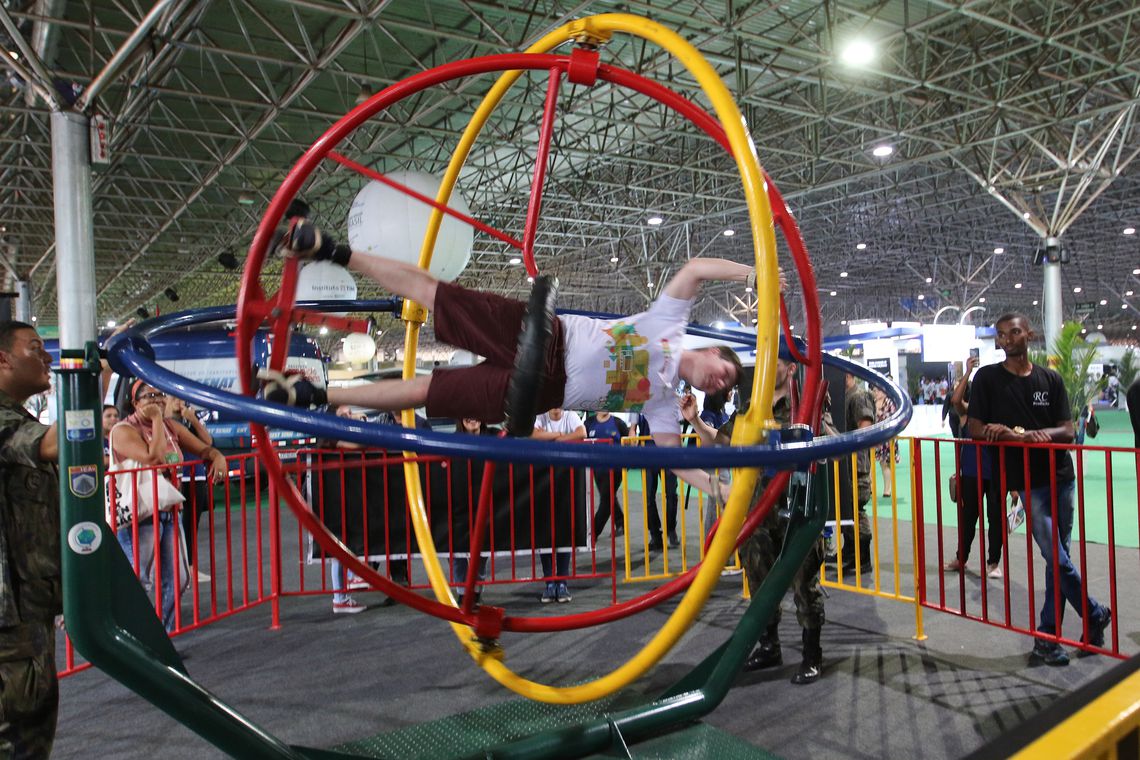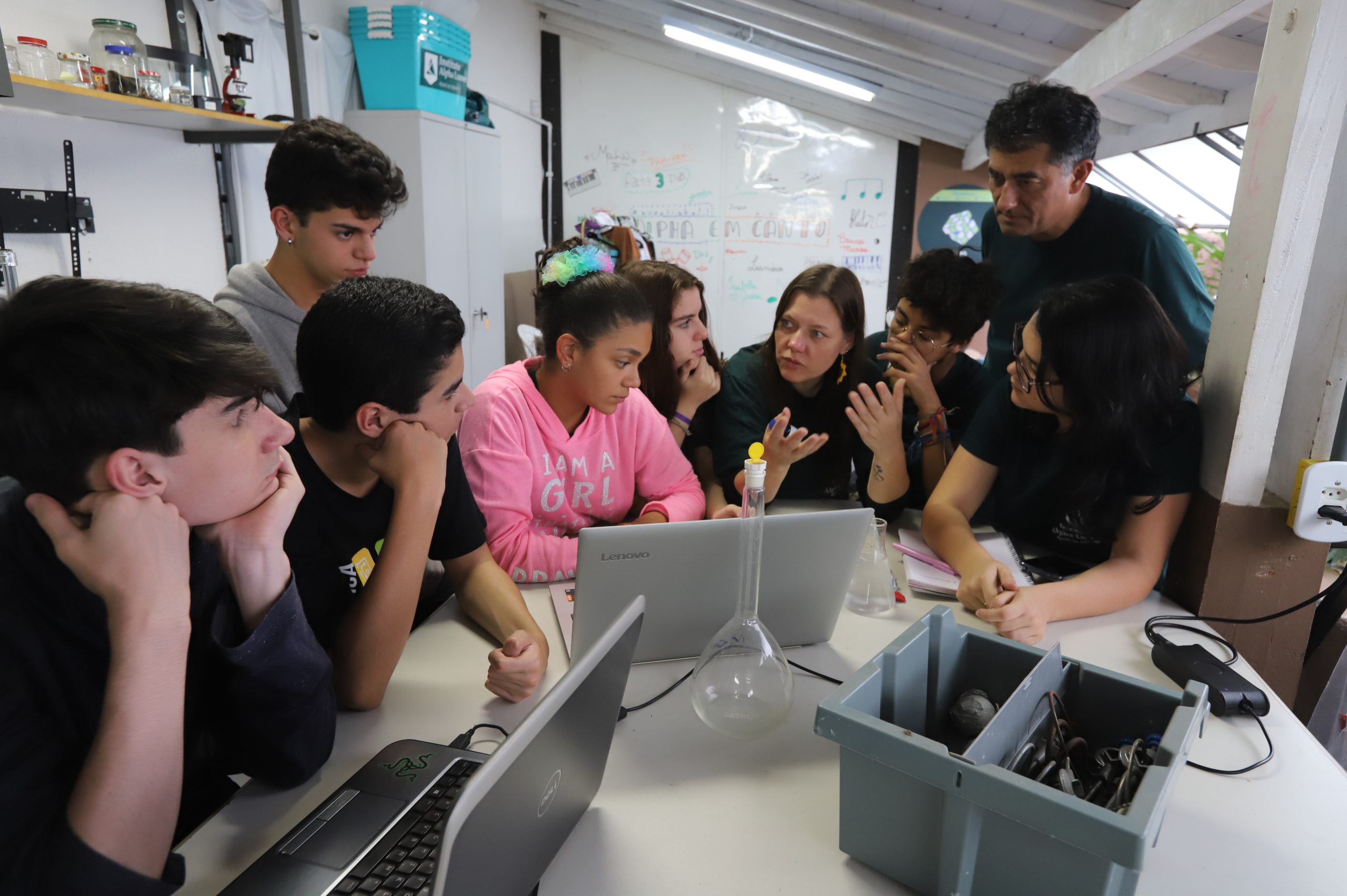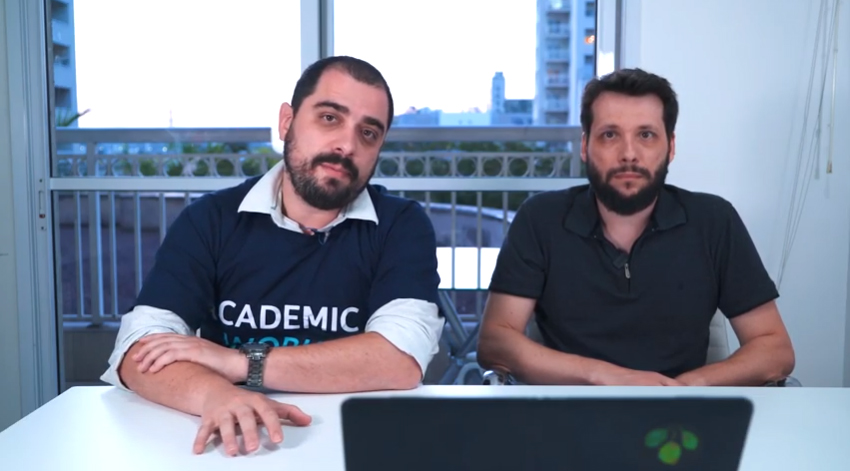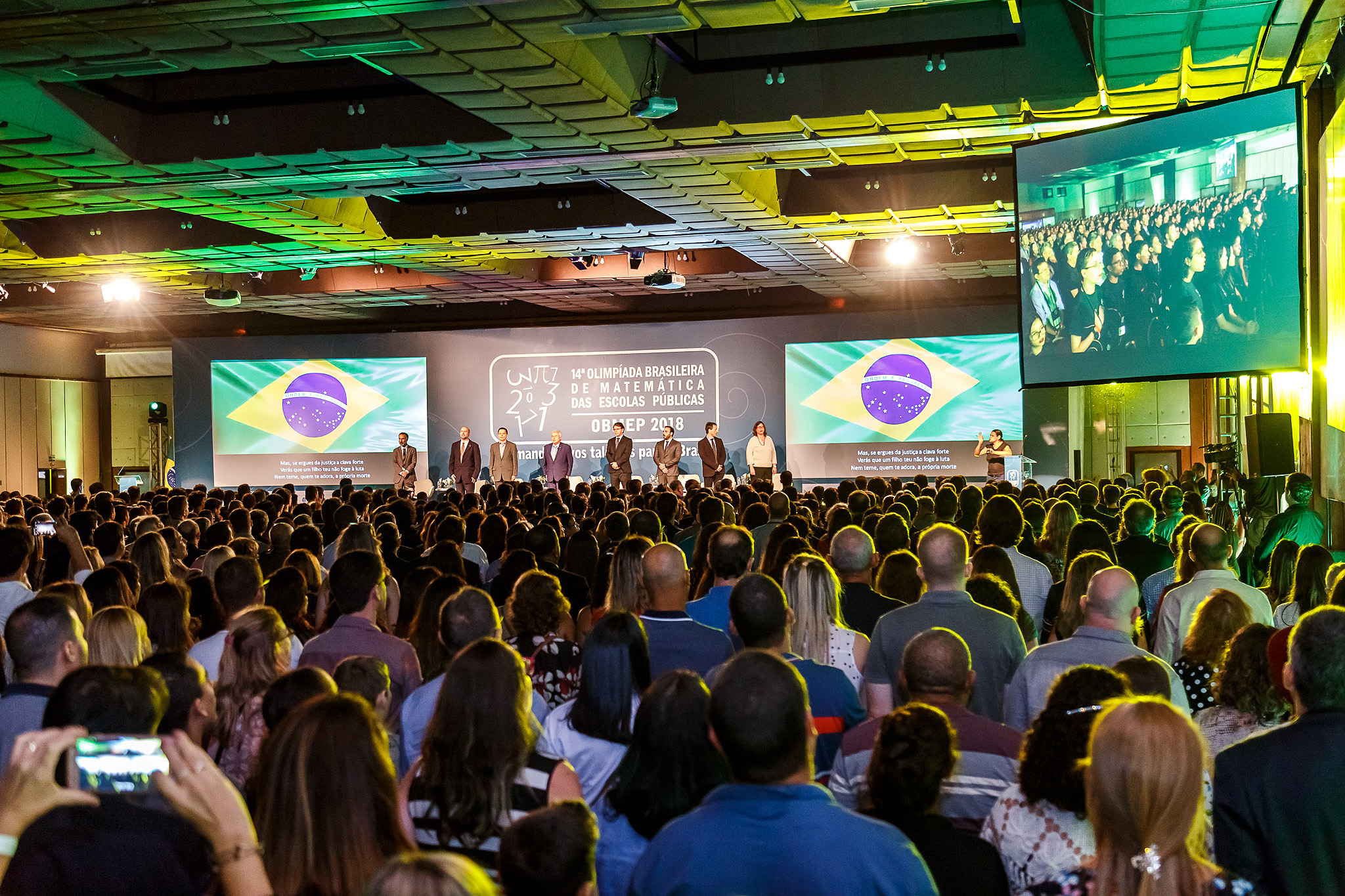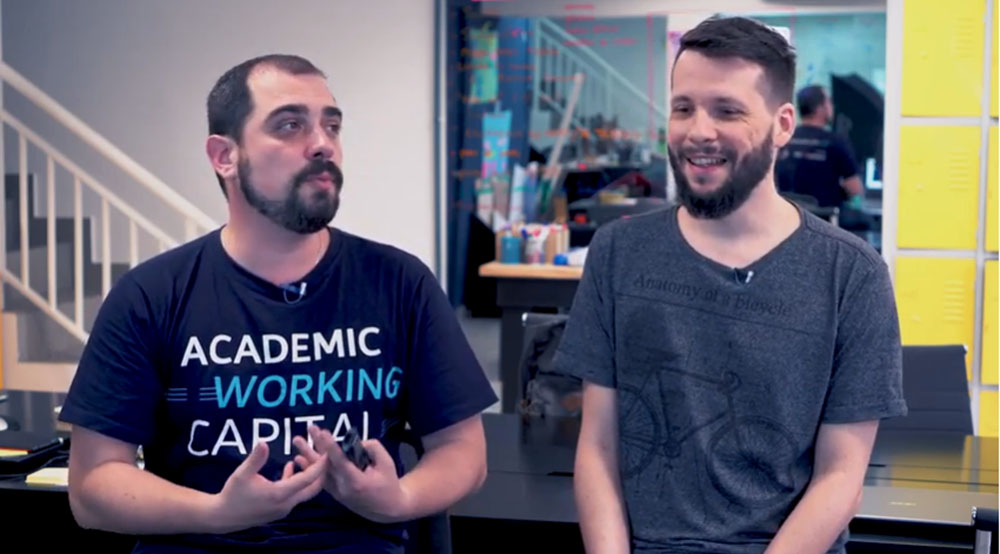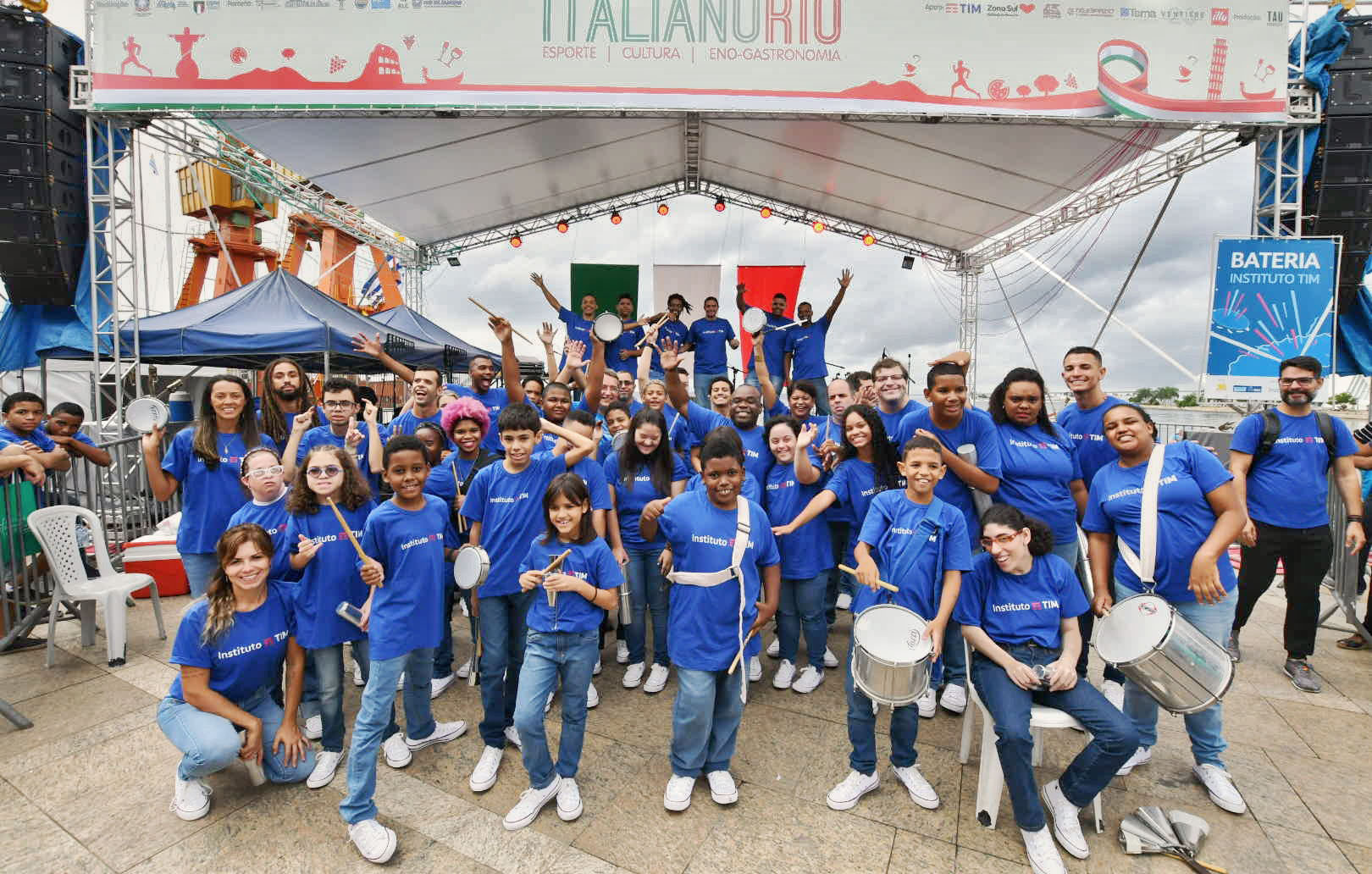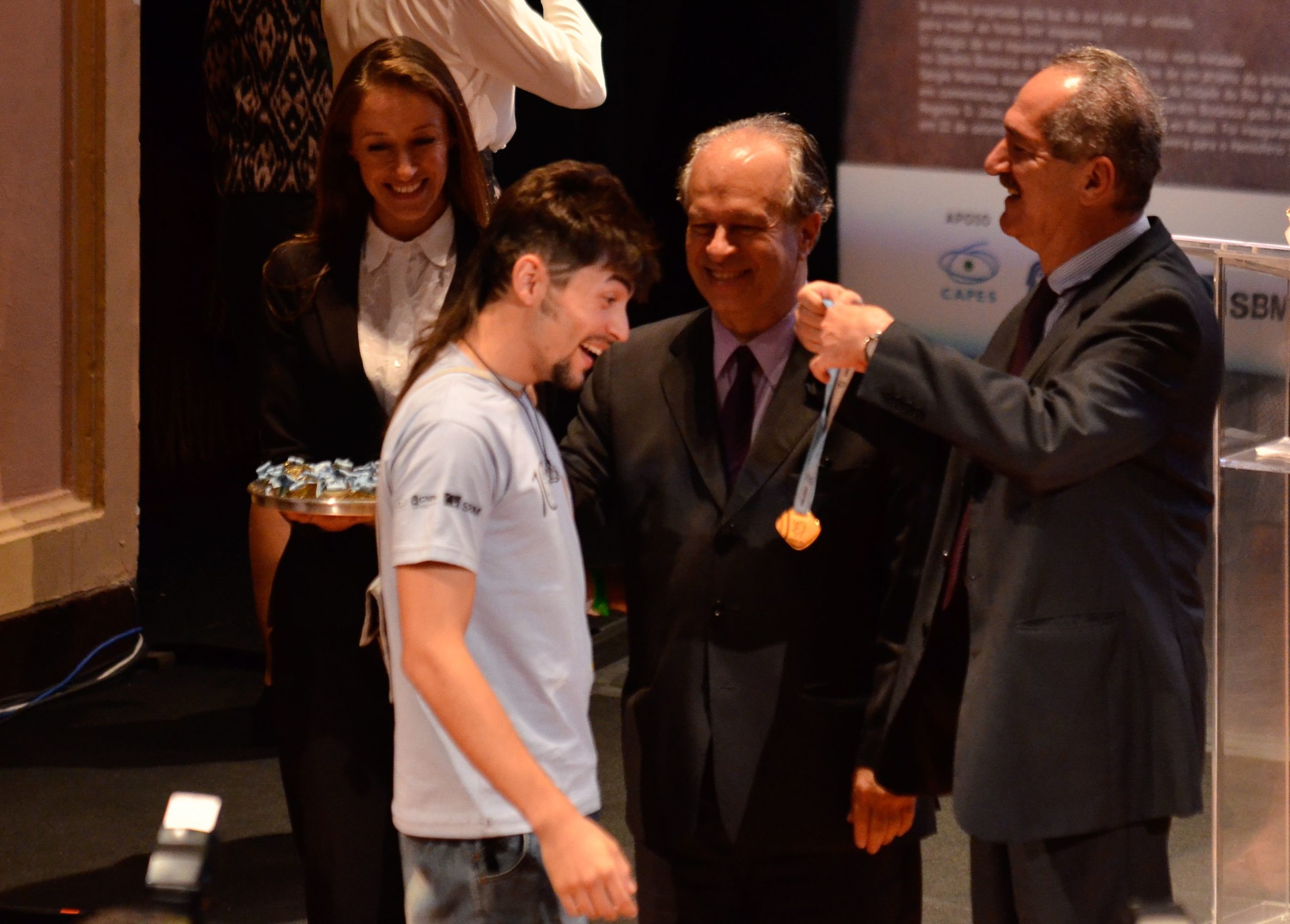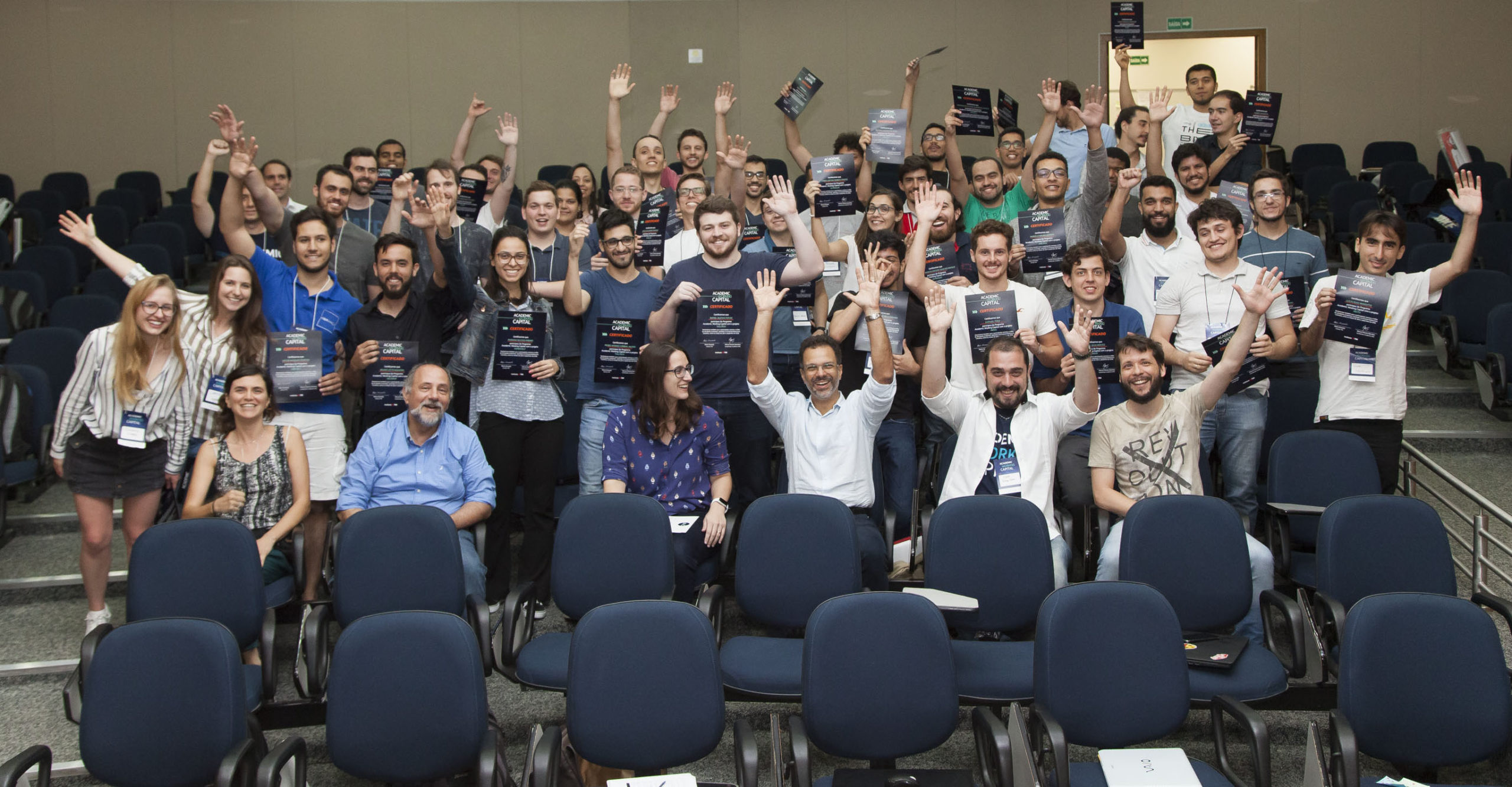
Six members of Bateria do Instituto TIM took part in the Carnival parade of the Império da Tijuca samba school in Marquês de Sapucaí Avenue, in Rio de Janeiro. The parade took place on March 2nd, from 9pm. The samba school was the first in the Special Group to enter the avenue and adopted the theme “Batuk”, a reference to the sounds of Africa.
The band participants were invited by the samba school’s directors after a meeting between the musicians at Império da Tijuca and Instituto TIM, at the end of 2013. “It’s the first time they’ve been invited to participate in a samba school parade. The most important thing about this opportunity is that it promotes social inclusion and breaks down prejudice”, said the percussion master for Bateria do Instituto TIM, Mestre Mangueirinha. The guests didn’t play on the day, but they were on one of the cars parading on the samba avenue.
Bateria do Instituto TIM is composed of 45 young people aged between 9 and 18 years old. Most of them are hearing impaired, but there are also youths who are visually impaired, autistic and cognitively disabled. Others have no special needs. The project is run in Rio de Janeiro, where Mangueirinha, aided by monitors and an interpreter, teaches the youths to play instruments which are typical of a samba school percussion section. The team uses, amongst other tools, the “Step” methodology, by Lucas Ciaviatto.
The theme chosen by Império da Tijuca was designed by the Carnival producer Júnior Pernambucano and encompasses the beating sound of drums in music, dance, combat and religion. The story was told by 31 sections and 3,300 revelers, and emphasized the African roots of the Brazilian culture. The youths were part of the last car, on Social Inclusion, together with other guests. The project’s team provided support to members during the whole parade.
According to Mangueirinha, the Império da Tijuca samba school had offered six invitations for the parade. “Everybody wanted to participate, especially as it was a new thing for them. Therefore, we could only choose a few,” he explains. The children were selected based on their availability and that of their parents/guardians, their assiduousness and history of participation in the project. All those who went on the parade had been in the percussion band for 2 years.



